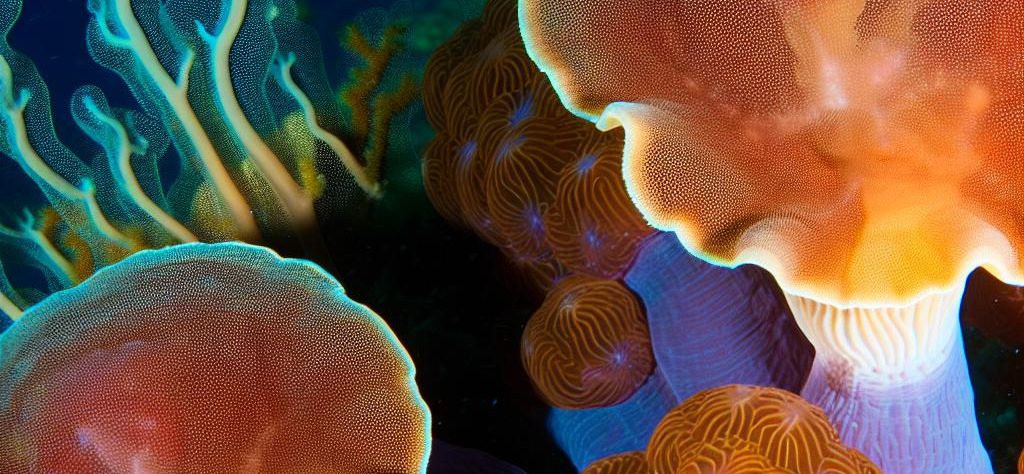Overview of Coral Restoration Efforts in the Philippines
The Philippines, an archipelago in Southeast Asia, boasts an extraordinary array of marine biodiversity. This country is renowned for its extensive coral reef systems, which are among the most diverse and productive ecosystems in the world. These vibrant underwater gardens not only sustain a plethora of marine life but also provide numerous benefits such as supporting fisheries, acting as natural barriers against coastal erosion, and serving as a backbone for the country’s thriving tourism industry. However, a combination of anthropogenic and environmental factors has led to the significant degradation of these crucial ecosystems. As a response, coral restoration has emerged as a promising approach aimed at reviving and preserving these underwater treasures.
Challenges Facing Philippine Coral Reefs
Philippine coral reefs are under siege from multiple threats. Human actions, particularly overfishing and destructive fishing techniques like blast fishing, have inflicted severe damage on many reef systems. Coastal development projects often disrupt natural habitats, while pollution from various sources further deteriorates the water quality. Compounding these issues is climate change, which has exacerbated the frequency and intensity of coral bleaching events. During such events, the symbiotic relationship between the coral polyps and their resident algae breaks down, often leading to the death of the coral. Together, these factors place immense stress on these already vulnerable ecosystems.
Importance of Coral Restoration
Restoration efforts are pivotal for the recovery and sustainability of coral reefs. By implementing these initiatives, ecological functions can be reestablished, thereby supporting both marine biodiversity and the livelihoods of human communities that depend on these ecosystems. In the Philippines, where there is a high socioeconomic reliance on reef resources for food, income, and coastal protection, coral restoration is not just beneficial but essential.
Methods Employed in Coral Restoration
Several innovative methods are employed in coral restoration projects within the Philippines:
Coral Gardening: This technique involves cultivating coral fragments within controlled nurseries. Once the fragments mature, they are transplanted to degraded reef areas. This method not only boosts the biomass of coral populations but also enhances the structural complexity of the reefs.
Direct Transplantation: Healthy coral colonies are relocated from thriving sites to areas in need of restoration, facilitating the regrowth of coral communities in these locations.
Substrate Stabilization: Involves the deployment of artificial structures or substrates to stabilize loose substrates underwater. This stabilization provides a firm base for natural coral settlement, aiding in the recolonization of damaged reefs.
Community Participation in Restoration Projects
The involvement of local communities in coral restoration projects is paramount. By engaging local stakeholders, there is an increased awareness and a sense of stewardship among community members, which is indispensable for the sustainable management of these initiatives. Community-based approaches often leverage traditional knowledge, ensuring that restoration efforts are culturally relevant and significantly impactful. Through education and active participation, community members become advocates and custodians of their marine resources.
Successful Case Studies
Various coral restoration initiatives across the Philippines have yielded positive outcomes. For instance, projects in regions such as Palawan and Batangas have recorded increased coral cover and biodiversity following restorative efforts. The engagement of local communities in these areas has proven to be instrumental in achieving long-term success. These case studies exemplify how collaborative efforts can lead to the rejuvenation of deteriorated coral reefs.
The Role of Technology and Innovation
The integration of new technologies and innovative approaches is enhancing coral restoration strategies. For example, 3D printing is being used to create artificial reef structures that provide robust, customizable substrates for coral attachment and growth. Additionally, researchers are exploring genetic techniques aimed at bolstering coral resilience against stressors like rising sea temperatures. These groundbreaking advancements present new opportunities to improve the outcomes of restoration projects significantly.
Looking Ahead
The future of coral restoration in the Philippines is promising, with the potential to significantly contribute to the recovery and preservation of these essential ecosystems. However, the success of these endeavors relies heavily on continued support and collaboration among a range of stakeholders. Government agencies, non-governmental organizations (NGOs), academia, and international partners play crucial roles in scaling up these efforts and ensuring that they have a meaningful, lasting impact. By fostering these collaborations, there is hope that coral reefs in the Philippines can continue to thrive, sustaining marine life and the human communities that depend on them.
For those interested in learning more about coral restoration efforts in the Philippines and discovering ways to get involved, click here to explore more resources and initiatives dedicated to safeguarding these lifeline ecosystems.

